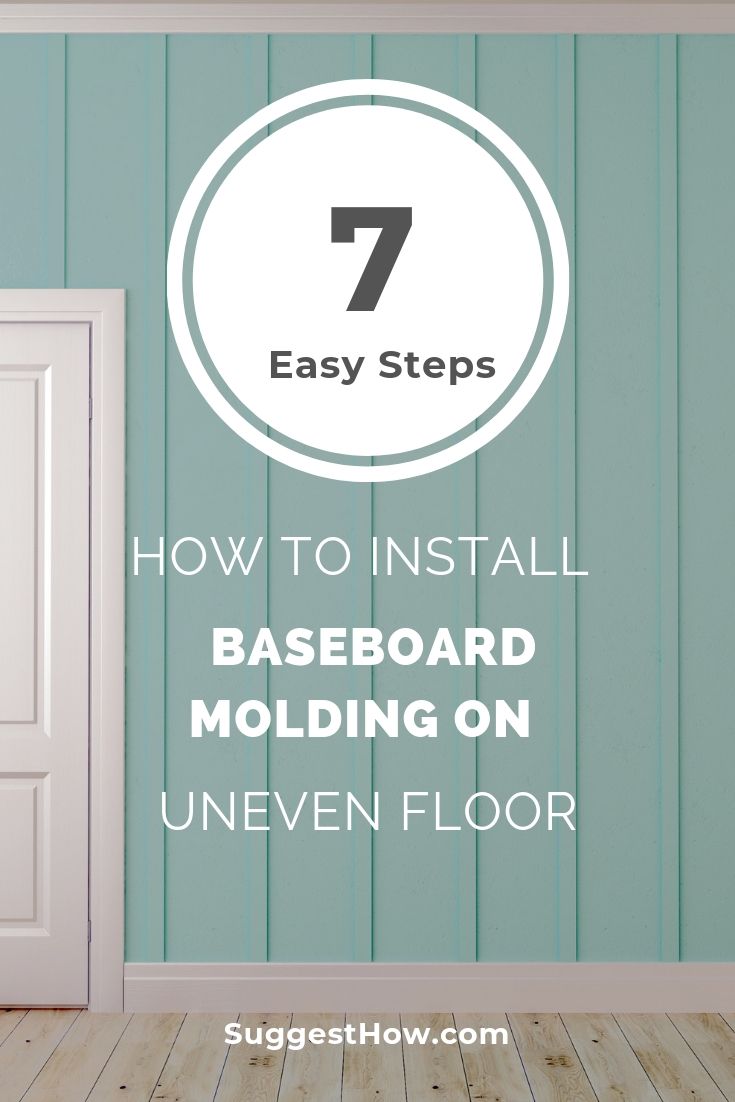- Installing Baseboard Molding
- Installing Base Molding On Carpet
- Installing Base Trim Molding Tips
- How To Install Base Molding
- Installing Molding On Walls
Step 6: Paint the baseboards. After you’re done with the installation, use painter’s tape on the floor and walls next to the baseboards. This gives you smooth edges and an easy paint job. Use semi-gloss paint or eggshell on your baseboards so that stains are easy to clean. For a more traditional look, add cap molding to the top of the baseboards. Set cap molding atop baseboard trim, placing it flush against the wall. Use the same technique to install the cap molding as you would with the shoe molding. Subscribe Now:More:trim before.
By MJ Butler - E-Z Painting Inc. (Chicago, IL & New York, NY)
Media Gallery
Customers ask us all the time about if they should paint first or install their flooring and/or baseboards first.

Here’s a question we received through email and the answer we gave:
Question
Installing Baseboard Molding
Should I paint first or install my baseboards? I for sure would paint the ceiling and walls before installing new floorings. Not too sure about the baseboards…which obviously have to be installed after the new floorings are in. But should I paint them before installing them? I am worried that it would be too difficult to paint installed baseboards and at the same time keep the new flooring clean. Suggestions?
Installing Base Molding On Carpet
Answer
You should paint in this order:
- Ceilings and walls.
- Interior doors and trim (all should be done before the flooring).
- The baseboards should be primed and painted with one coat.
- Install flooring.
- Install new baseboards.
- Spot-prime and then add another coat of paint to baseboards because it lessens the chances that something happens to your floors (since now you only have to spot-prime and add one coat).
Make sure the floors are covered appropriately and keep a wet rag handy.
About Author:
EZ Painting, Inc. – The #1 painter serving Miami, Chicago & Surrounding suburbs, Westchester County, NY/New York City with quality and dependability. We provide painting and wall repair services to residential, commercial and industrial clients.
Installing Base Trim Molding Tips



How To Install Base Molding
Your home remodeling job is almost done. It’s been almost a year since you started and you can hardly believe that the project is almost complete. You’ve had your kitchen entirely rebuilt, new hard flooring installed throughout the house, and your walls now proudly sport a new layer of paint. More importantly you did the job correctly. Carpet should nearly always be the last thing that you install. Fresh paint splotches on new carpet is a nightmare. Removing grout from carpet is no picnic either.
So it’s time for the new carpet to go in. There’s only one question remaining. Do you install the new baseboards before or after the carpet? Depending upon who you ask, you’ll receive a different opinion every time.
Installing Molding On Walls
Carpet installation companies tend to prefer that you have the baseboards set up ahead of time. This is because when installing the baseboards after carpet installation, they tend to wedge the carpet in between the tack strips and baseboards like a vice. This means that if the installation company needs to re-stretch the carpet at a later date, they may need to loosen some of the baseboards in order to pull the carpet up. Obviously, carpet installers prefer the method requiring the least amount of labor.
There are three main ways to install new baseboards. The first is to install the baseboards flush to the subfloor prior to carpet installation. This could result in a tight fit based upon how close to the wall the tack strips are placed (normally the old tack strips are not replaced when installing new carpet). Keep in mind that having the baseboards pre-installed may result in scuffing during carpet installation.
The second method, one which many carpet installers recommend is to pre-install the baseboards raised above the subfloor anywhere from 3/8” to ½” based upon the thickness of the carpet and padding to be installed (be sure to measure). If done correctly the carpet will be tucked underneath the baseboard resulting in a professional looking finish. Again, this method may result in scuffing of the baseboards during carpet installation.
The third method is to install the baseboards after the carpet has been stretched in. Some people prefer this method because the baseboards won’t be scuffed during installation. The carpet will be tucked snugly underneath the baseboards resulting in a very professional looking installation. As noted above, some installers prefer that you not use this method because if the carpet should need to be re-stretched or replaced for any reason, they may need to remove the baseboards first.
Before choosing one of the three methods listed above, please consult a professional. We suggest seeking the advice of both your carpet salesman and the company that will be installing your carpet. Based upon which style of carpet you select, one method may be more desirable than another. If you choose to pre-install your baseboards be sure to keep some paint on hand for touch up. Most installers are very careful not to scuff the baseboards, but a scratch here and there is inevitable.





